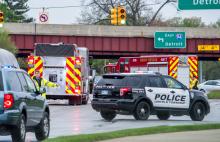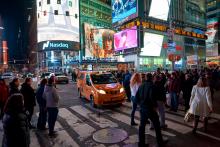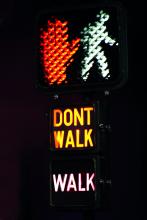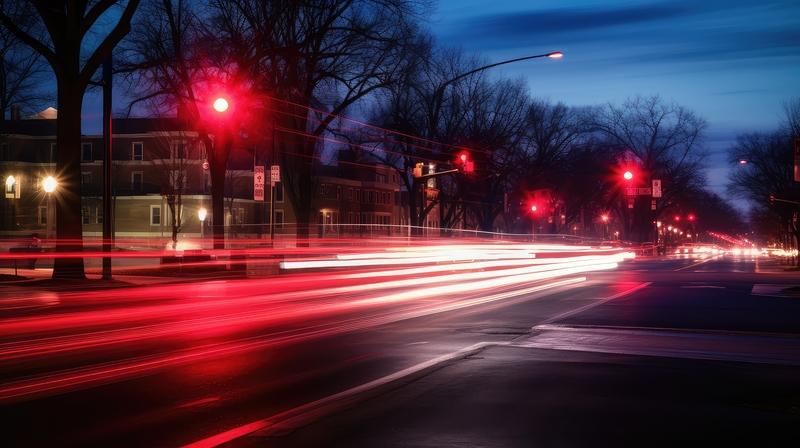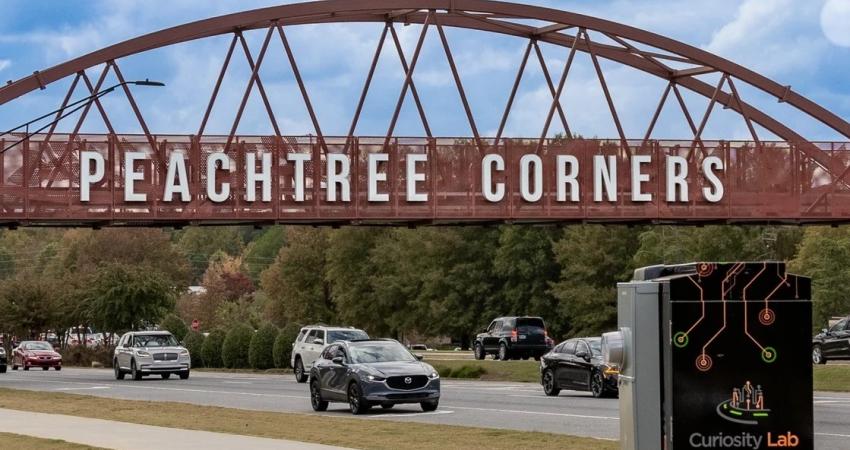State Highway Safety Offices and their partners should broaden their anti-drunk driving campaigns to encourage cyclists and pedestrians to consider safer transportation alternatives after heavy drinking.
The US Insurance Institute for Highway Safety (IIHS) has reported that the ratios of fatally injured alcohol-impaired bicyclists and pedestrians has not fallen as dramatically as the proportion of impaired motor vehicle drivers killed and this remains a significant problem. In fact more than one-third o
State Highway Safety Offices and their partners should broaden their anti-drunk driving campaigns to encourage cyclists and pedestrians to consider safer transportation alternatives after heavy drinking.
The US Insurance Institute for Highway Safety (IIHS) has reported that the ratios of fatally injured alcohol-impaired bicyclists and pedestrians has not fallen as dramatically as the proportion of impaired motor vehicle drivers killed and this remains a significant problem. In fact more than one-third of pedestrians and one-fifth of bicyclists killed in crashes in 2014 were legally drunk.
Alcohol impairment can lead to unsafe behaviour by bicyclists and pedestrians, as well as drivers. We agree with IIHS's recommendations to curtail over-serving alcohol and to support more ride-sharing options. These strategies could complement the range of proven countermeasures to decrease risks for pedestrians and bicyclists and prevent deaths across the board for all road users. We also concur with IIHS that further research is needed to evaluate the effectiveness of efforts to reduce alcohol-impairment among bicyclists and pedestrians.
This IIHS research finding comes on the heels of GHSA's annual pedestrian safety report, which projects an unprecedented 11 per cent increase in pedestrian fatalities in 2016, further illustrating the need to recalibrate our traffic safety efforts to better protect all road users.
The US Insurance Institute for Highway Safety (IIHS) has reported that the ratios of fatally injured alcohol-impaired bicyclists and pedestrians has not fallen as dramatically as the proportion of impaired motor vehicle drivers killed and this remains a significant problem. In fact more than one-third of pedestrians and one-fifth of bicyclists killed in crashes in 2014 were legally drunk.
Alcohol impairment can lead to unsafe behaviour by bicyclists and pedestrians, as well as drivers. We agree with IIHS's recommendations to curtail over-serving alcohol and to support more ride-sharing options. These strategies could complement the range of proven countermeasures to decrease risks for pedestrians and bicyclists and prevent deaths across the board for all road users. We also concur with IIHS that further research is needed to evaluate the effectiveness of efforts to reduce alcohol-impairment among bicyclists and pedestrians.
This IIHS research finding comes on the heels of GHSA's annual pedestrian safety report, which projects an unprecedented 11 per cent increase in pedestrian fatalities in 2016, further illustrating the need to recalibrate our traffic safety efforts to better protect all road users.

